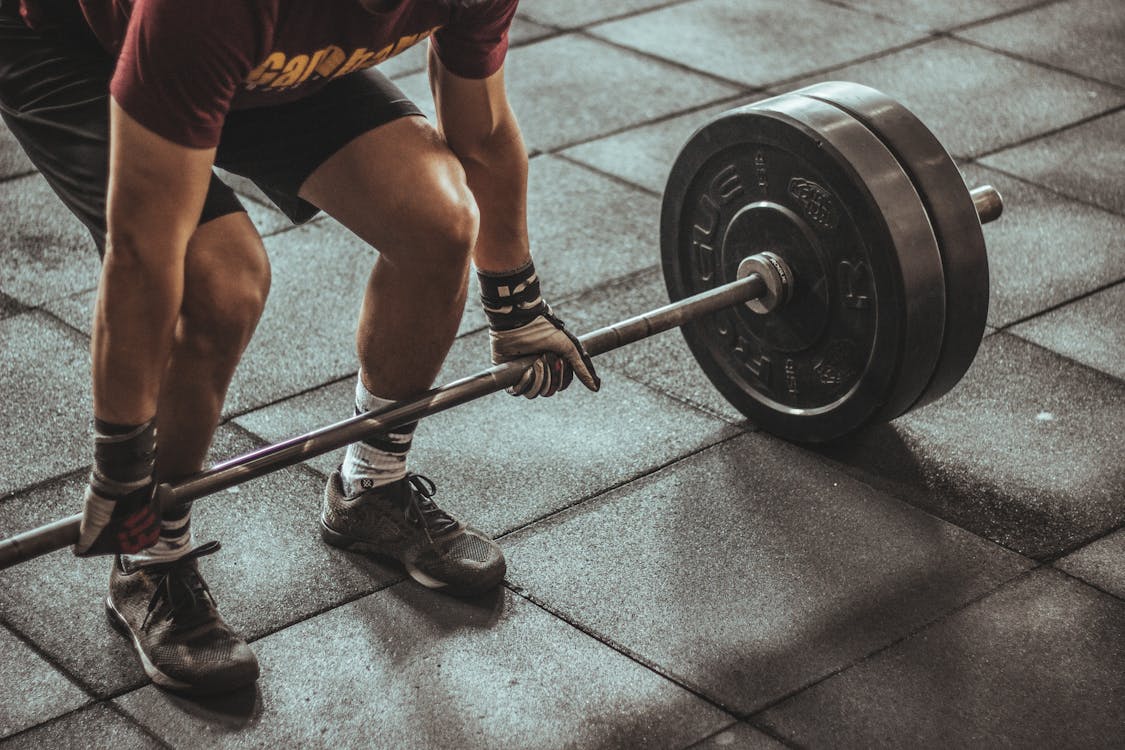Short-term memory loss, the frustrating experience of forgetting recently learned information, events, or tasks, can stem from a variety of underlying causes. Therefore, the “best” treatment is not a one-size-fits-all solution but rather a personalized approach that directly addresses the root of the problem. This comprehensive post will explore the crucial steps involved in identifying the cause of short-term memory loss and the diverse treatment strategies, both conventional and natural, that can help individuals reclaim cognitive clarity.
The Primacy of Diagnosis: Uncovering the “Why” Behind the Forgetfulness
Before embarking on any treatment plan, the most critical step is to obtain an accurate diagnosis from a healthcare professional. Short-term memory loss is a symptom, and its effective management hinges on understanding the underlying cause. A thorough evaluation may involve:
- Medical History and Physical Examination: Your doctor will inquire about your memory difficulties, their onset and progression, other symptoms, past medical conditions, current medications, lifestyle habits (sleep, diet, exercise), and emotional well-being.
- Cognitive Testing: Standardized tests can assess various aspects of memory, attention, language, and problem-solving skills, helping to pinpoint the specific nature and extent of any cognitive impairment.
- Blood Tests: These can help rule out treatable medical conditions such as vitamin deficiencies (especially B12 and B1), thyroid disorders, infections, and metabolic imbalances that can affect memory.
- Brain Imaging (MRI or CT Scan): In some cases, imaging studies may be recommended to identify structural abnormalities in the brain, such as tumors, stroke damage, or hydrocephalus.
- Electroencephalogram (EEG): If seizures are suspected as a contributing factor, an EEG can measure brain electrical activity.
- Lumbar Puncture (Spinal Tap): In certain situations, this procedure may be necessary to analyze cerebrospinal fluid for signs of infection, inflammation, or other neurological conditions.
- Psychological Evaluation: If emotional factors like stress, anxiety, or depression are suspected, a psychological assessment can be beneficial.
Treatment Strategies Tailored to the Cause:
Once the underlying cause of short-term memory loss is identified, the treatment plan can be tailored accordingly.
Addressing Treatable Causes:
- Medication Review and Adjustment: If medications are contributing to memory loss, your doctor may adjust dosages or switch to alternative medications with fewer cognitive side effects.
- Nutritional Supplementation: Deficiencies in vitamins like B12 or B1 are treated with appropriate supplementation, often leading to significant improvement in memory function.
- Management of Thyroid Disorders: Restoring thyroid hormone levels to normal can alleviate memory problems associated with both hyperthyroidism and hypothyroidism.
- Treatment of Infections: Prompt treatment of brain or systemic infections is crucial to prevent further neurological damage and allow for memory recovery.
- Hydration Management: Ensuring adequate fluid intake can often improve concentration and short-term memory, especially in cases of mild dehydration.
- Rehabilitation After Head Injury: Cognitive rehabilitation therapy can help individuals recover memory and other cognitive functions after a traumatic brain injury.
- Improving Sleep Hygiene: Addressing sleep disorders and establishing healthy sleep habits can significantly enhance memory consolidation and recall.
- Stress, Anxiety, and Depression Management: Therapy, medication, and stress-reduction techniques can improve focus and memory affected by emotional distress.
- Substance Use Rehabilitation: For memory loss related to alcohol or drug use, rehabilitation programs and support are essential.
- Management of Metabolic Disturbances: Controlling blood sugar levels in diabetes and correcting electrolyte imbalances can positively impact cognitive function.
- Treatment of Normal Pressure Hydrocephalus: Surgical placement of a shunt can often improve memory and other symptoms of NPH.
- Treatment of Brain Tumors or Infections: Medical or surgical interventions are necessary to address these conditions.
Managing Irreversible Causes (Dementia and Neurodegenerative Conditions):
While there is currently no cure for many progressive forms of dementia, various strategies can help manage symptoms, slow down progression, and improve quality of life:
- Medications: Cholinesterase inhibitors (like donepezil, rivastigmine, and galantamine) and glutamate regulators (like memantine) are often prescribed to help manage cognitive symptoms in Alzheimer’s disease and other dementias. These medications can help stabilize or modestly improve memory and thinking skills for some individuals.
- Cognitive Rehabilitation and Occupational Therapy: These therapies can teach compensatory strategies and techniques to help individuals manage memory loss and maintain independence in daily activities.
- Behavioral Therapies: Addressing behavioral symptoms like agitation and anxiety through non-pharmacological approaches is crucial.
- Support Groups: Connecting with other individuals and families affected by dementia can provide emotional support and practical advice.
- Lifestyle Modifications: Maintaining a healthy diet, engaging in regular physical and mental activity, and managing other health conditions can have a positive impact on overall well-being.
The Role of Lifestyle and Natural Approaches:
Regardless of the underlying cause, adopting a brain-healthy lifestyle can play a supportive role in managing and potentially mitigating short-term memory loss:
- Prioritize Quality Sleep: Aim for 7-9 hours of restful sleep each night.
- Engage in Regular Physical Activity: Exercise improves blood flow to the brain and promotes cognitive health.
- Maintain a Healthy Diet: Focus on nutrient-rich foods, including fruits, vegetables, whole grains, and healthy fats like omega-3 fatty acids found in fatty fish and walnuts.
- Stay Hydrated: Drink adequate amounts of water throughout the day.
- Manage Stress: Practice relaxation techniques like mindfulness, meditation, or yoga.
- Engage in Mentally Stimulating Activities: Challenge your brain with puzzles, games, learning new skills, and reading.
- Maintain Social Connections: Social interaction can benefit cognitive function and emotional well-being.
While some natural supplements like Ginkgo Biloba, Bacopa Monnieri, and Curcumin have been studied for their potential cognitive benefits, the evidence supporting their effectiveness for treating short-term memory loss is often mixed, and it’s crucial to discuss their use with your doctor.
The Takeaway Message:
The “best” treatment for short-term memory loss is a personalized plan that addresses the specific underlying cause identified through a thorough medical evaluation. While treatable causes can often be reversed with appropriate interventions, managing memory loss due to progressive conditions requires a multidisciplinary approach focused on symptom management and maximizing quality of life. Embracing a brain-healthy lifestyle plays a vital supportive role in all scenarios. If you are concerned about short-term memory loss, seeking professional medical advice is the most important first step towards effective management and reclaiming cognitive clarity.





